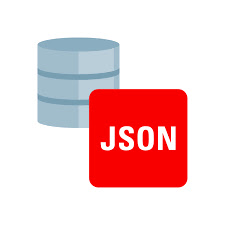JSON Developer's Guide
JSON (JavaScript Object Notation) is a lightweight data-interchange format that is easy for humans to read and write and easy for machines to parse and generate. It is based on a subset of JavaScript, but it is language-independent, with parsers available for many programming languages.
Basic JSON Syntax
JSON is built on two structures:
- A collection of name/value pairs. In various languages, this is realized as an object, record, struct, dictionary, hash table, keyed list, or associative array.
- An ordered list of values. In most languages, this is realized as an array, vector, list, or sequence.
Here is a simple example of a JSON object:
{
"name": "John Doe",
"age": 30,
"isStudent": false,
"courses": ["Math", "Science", "History"],
"address": {
"street": "123 Main St",
"city": "Anytown",
"zip": "12345"
}
}JSON Data Types
JSON supports the following data types:
- String: A sequence of characters, e.g., "Hello, World!"
- Number: A numeric value, e.g., 42 or 3.14
- Boolean: A true or false value, e.g., true or false
- Array: An ordered list of values, e.g., [1, 2, 3]
- Object: A collection of key/value pairs, e.g., {"key": "value"}
- Null: An empty value, e.g., null
Parsing JSON
Most programming languages provide built-in functions or libraries to parse JSON strings into native objects. Here is an example in JavaScript:
const jsonString = '{"name": "John Doe", "age": 30}';
const jsonObject = JSON.parse(jsonString);
console.log(jsonObject.name); // Output: John DoeGenerating JSON
Similarly, you can generate a JSON string from a native object. Here is an example in JavaScript:
const jsonObject = { name: "John Doe", age: 30 };
const jsonString = JSON.stringify(jsonObject);
console.log(jsonString); // Output: {"name":"John Doe","age":30}Conclusion
JSON is a powerful and flexible format for data interchange. Understanding its syntax and data types is essential for working with APIs, configuration files, and many other applications in modern development.






0 Comments